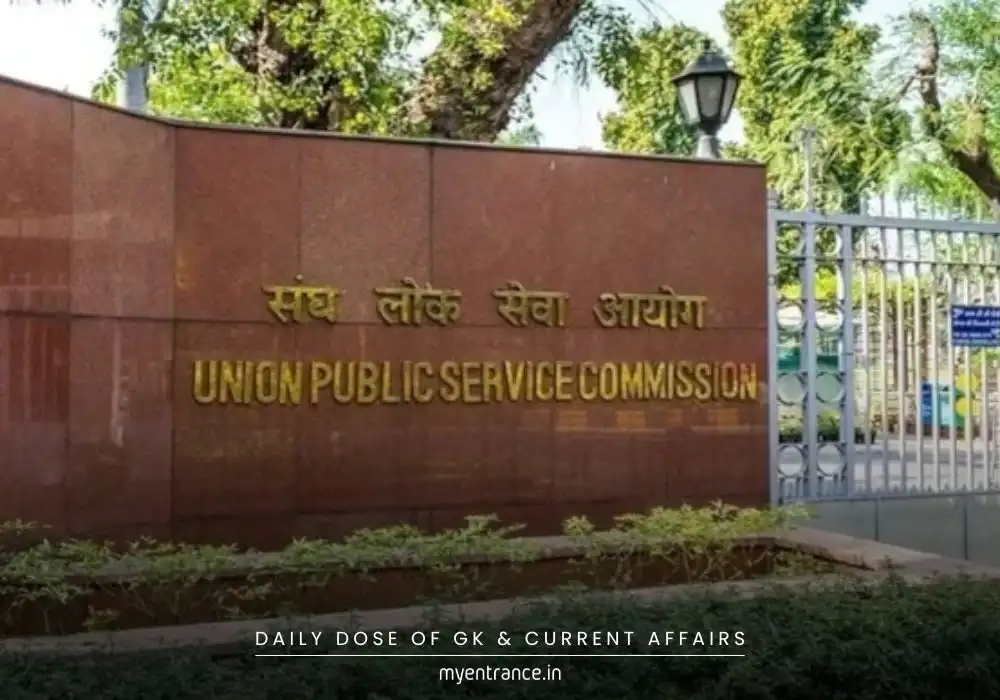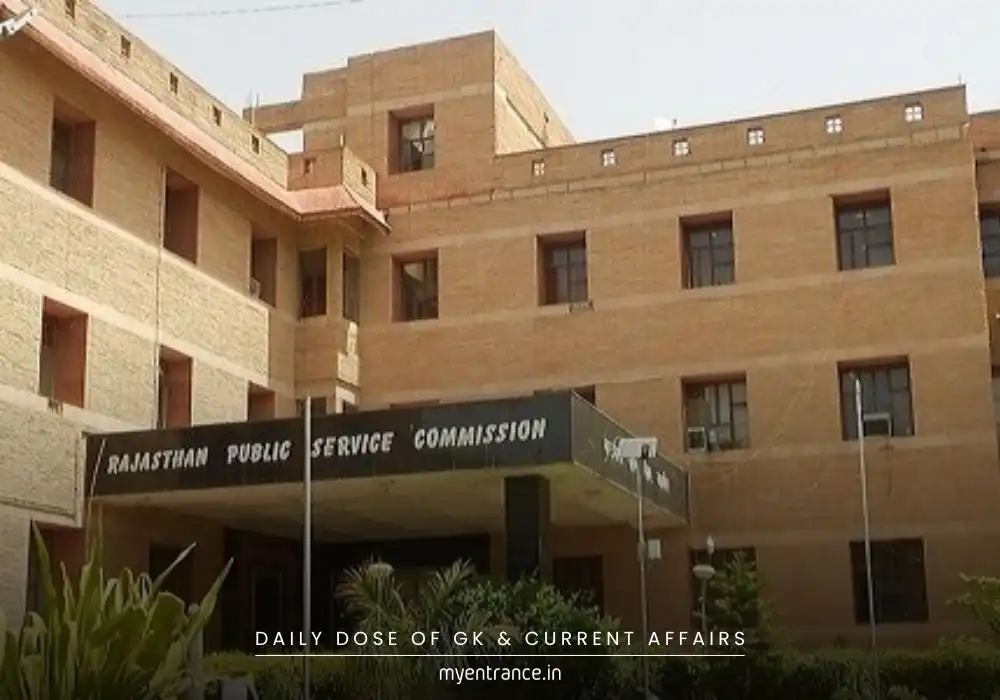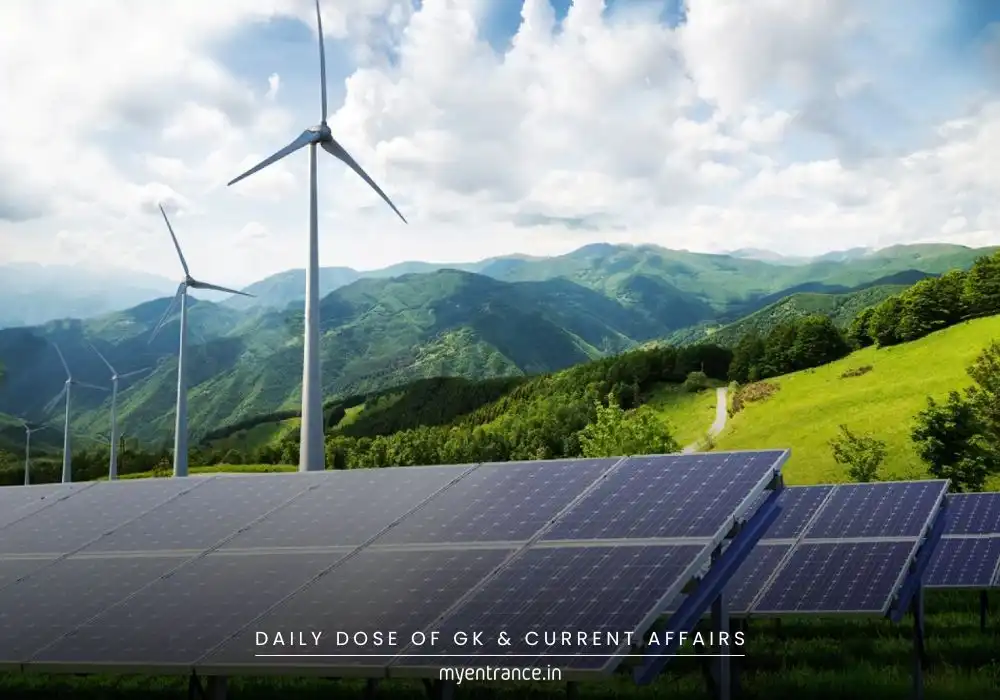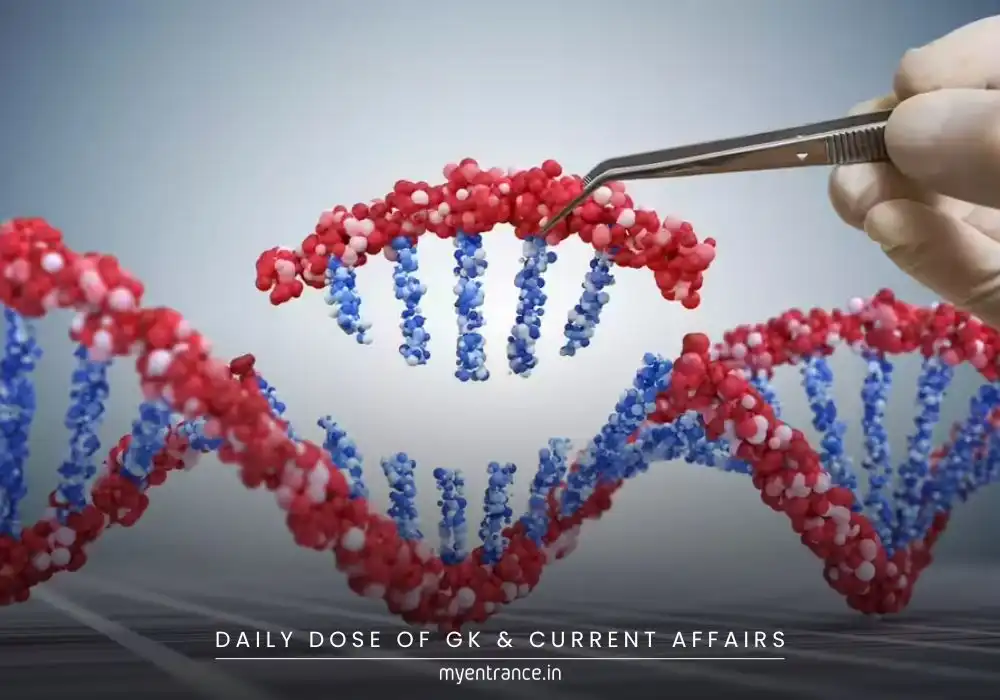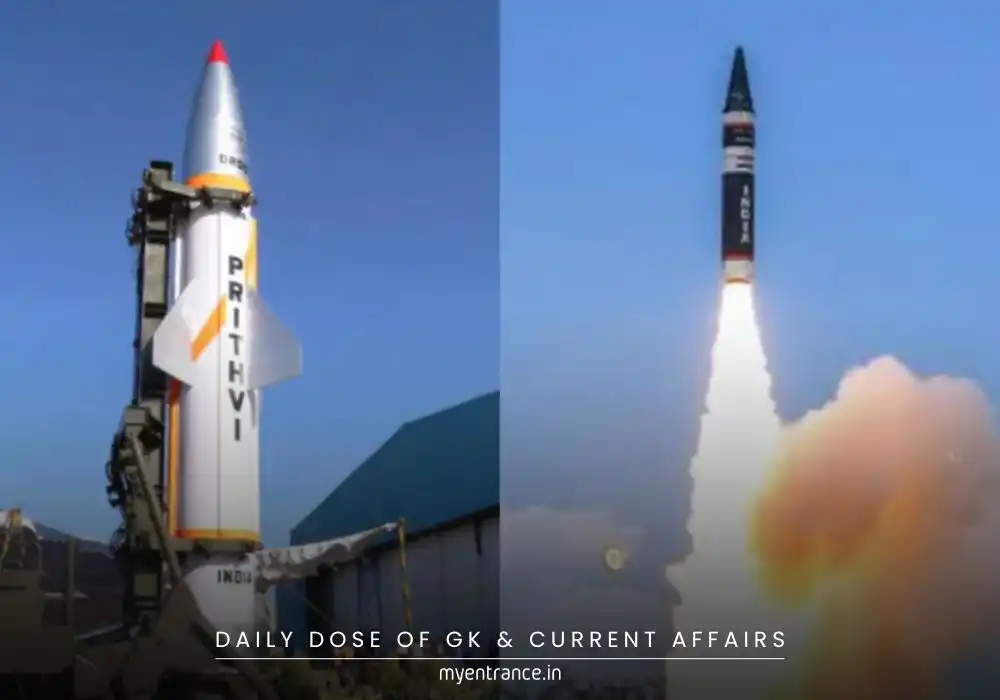Translate Language
Why Did India Choose France’s Safran for Its ₹61,000 Crore Jet Engine Deal?
India is set to co-develop next-generation fighter jet engines in a historic ₹61,000 crore deal with France’s Safran. This strategic partnership promises cutting-edge technology transfer, boosting India’s indigenous defence capabilities. Here’s why this deal is a turning point for India’s aerospace ambitions.
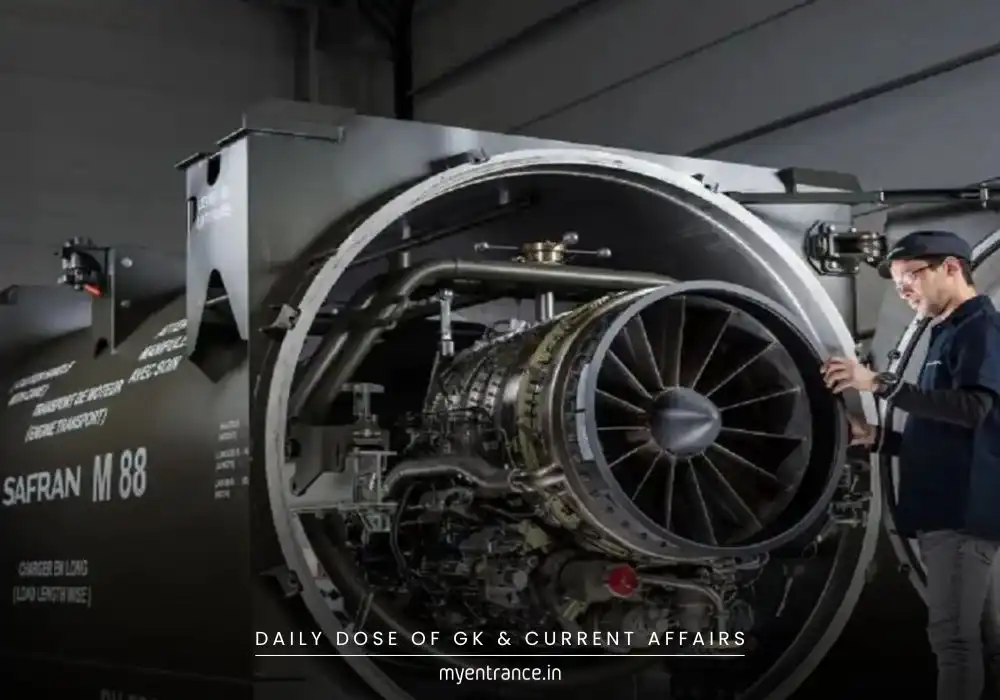
India’s Defence Leap: Safran Chosen for ₹61,000 Crore Jet Engine Project
In a major push for self-reliance in defence, India has recommended France’s Safran for a high-stakes ₹61,000 crore jet engine project. This collaboration will co-develop advanced 120kN thrust engines, crucial for powering India’s future combat aircraft, including the indigenous Advanced Medium Combat Aircraft (AMCA).
Why Safran? The Key Reasons Behind India’s Choice
Full Technology Transfer: Unlike other competitors, Safran’s proposal includes complete tech transfer—a critical factor for India’s long-term defence independence.
Alignment with AMCA Timeline: Safran’s plan syncs perfectly with India’s AMCA development schedule, ensuring seamless integration.
Strategic French Partnership: France has been a reliable defence ally, supporting India in past projects like the Rafale deal.
The Ministry of Defence conducted an in-depth evaluation, comparing offers from Safran and UK’s Rolls Royce. After assessing technical capabilities, cost efficiency, and long-term benefits, Safran emerged as the preferred choice.
The Bigger Picture: India’s Jet Engine Aspirations
Over 250 Engines Needed: India is projected to require more than 250 advanced jet engines in the next decade.
Reducing Foreign Dependence: Currently, all Indian fighter jets rely on foreign engines, making this deal a crucial step towards indigenization.
Past Lessons from Kaveri: The unsuccessful Kaveri engine project highlighted challenges in indigenous development. However, its modified version is now being repurposed for drones.
What’s Next?
The first AMCA squadrons will initially use US-made GE-414 engines while India and Safran work on the indigenous engine.
Parallel negotiations with the US are ongoing for 80%+ technology transfer in GE-414 engines, covering critical aspects like hot-end coatings and single-crystal blades.
This deal isn’t just about engines—it’s about India’s ambition to become a global defence manufacturing hub. With Safran’s expertise and India’s growing aerospace ecosystem, the future of indigenous combat aircraft looks brighter than ever.
Get 3 Months Free Access for SSC, PSC, NIFT & NID
Boost your exam prep!
Use offer code WELCOME28 to get 3 months free subscription. Start preparing today!
